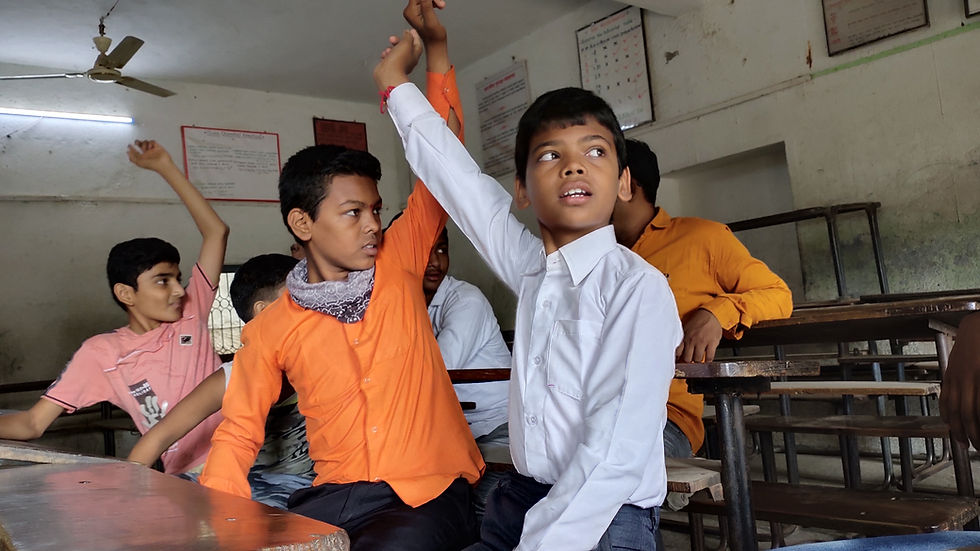
Rural India, home to 65% of the population, is ravaged and devastated by COVID-19 like no other region. At first, they were safe from the first wave, as it mainly concentrated in urban areas in India. However, those people began fleeing to rural areas, bringing the virus with them.
If a person in a rural area were to contract COVID-19, there is a high chance that there was no nearby hospital for them. 31% of rural Indians have to travel over 30km to get to these hospitals. Even when they do arrive, some do not even have doctors present or drugs available to administer, leaving it to any relatives of patients to buy drugs while the hospital calls a doctor, and even if all of this happens, the patient may die before the doctor even arrives.
The first issue for healthcare in India is the sheer distance that a person must travel to reach a hospital. Today, rural India requires over 9.8k health facilities for its people. People have to travel unreasonable distances just to get treated. If they do reach a hospital, they may not provide much help.

Doctors are an essential part of healthcare and without them, their people are helpless. Unfortunately, this is the case for thousands of Indians in rural regions. There are vacancies for 3,880 doctors and a shortage of over 12.3k doctors, which is a 64% shortage of doctors. However, doctors are still useless without their equipment and drugs to use.
Doctors are well aware of the dangers the COVID-19 poses. Due to this, most want protection from the virus as they treat their patient. Doctors in areas like Gopalganj are not provided with necessary protective equipment and are vulnerable to COVID-19. They fear infection and due to this, they can not focus on providing healthcare to the best of their ability and want minimal contact with their patients.
Another issue is the lack of facilities and materials the doctors of hospitals have to work with along with the lack of proper training. One example of this is Bihar receiving ventilators to use. However, Bihar could not use the ventilators as it lacked professionals who were trained to use ventilators. Hospitals are also being overfilled and are often over maximum capacity. These hospitals do not have enough beds to provide to patients must treat them in any area available(such as the ground, bathroom, and outside). In India, only 32% of beds in government hospitals are in rural India. Even further, for every 10k people in rural areas, they have only three beds to share among themselves, showing how unprepared rural India was for a pandemic.
In rural India, thousands and thousands of people are dying. Although urban areas have a higher amount of cases, rural areas have more deaths. There are two central causes for this. One is that rural India’s health surveillance is poor. This leads to their inability to accurately track the number of cases. Due to this, the number of cases and deaths that rural India has been far more than the recorded number. With more funding, rural India may have a better chance of enduring and eventually overcoming Covid-19. For now, rural India lies helpless as it is attacked helplessly by the disease.






